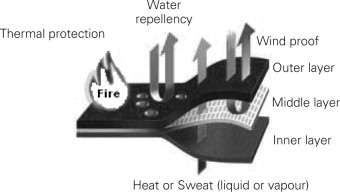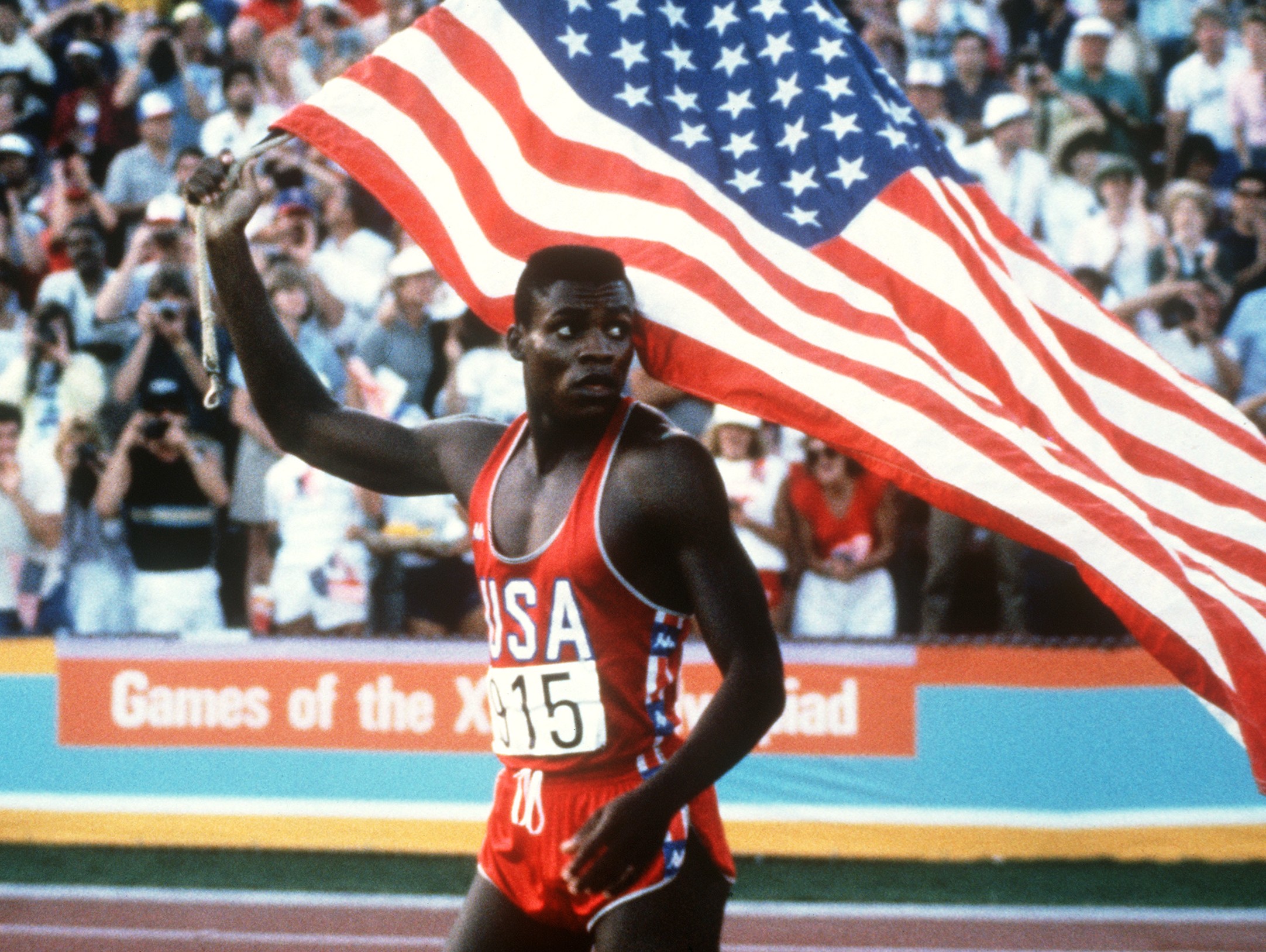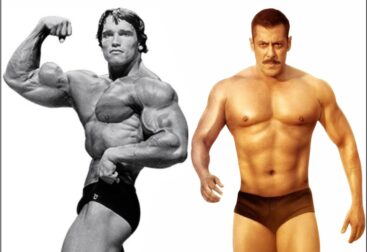Sportswear has become increasingly popular and significant in the past few years. Apart from offering the ultimate comfort and fit, quality sportswear or activewear can also psychologically help boost the confidence of players and even help with recovery from injuries. So much so, that prominent clothing and sports brands are investing huge sums into developing sportswear that not only has high quality and aesthetics but also promotes high-performance.

Sportswear can help the athletes to maintain or even improve their performance, either by optimizing their thermal physiology, supporting their movements with an optimal combination of elastic and compressing structures, or by monitoring the activity and physiological status with embedded sensors. The latest advances of textile technology have all found applications in the sports industry, from new materials like aerogels or stimuli-responsive polymers, new finishes in the nanometer range for optimal sweat adsorption, new fabric structures for better aerodynamics, to garment design adapted to the athletes’ body shape and specific movements. The sports sector is one of the key markets for wearable sensors, and different products have been specifically developed for athletes. This article reviews how high-performance materials and smart fabrics have been used to improve the athletes’ performance.

Sports specific clothing
Every sport comes with its own set of physical demands. It is very important for athletes to don sportswear that is designed to withstand the specific wear-and-tear associated with their sport. Ideal sportswear must support all movement patterns and temperature variations to give maximum flexibility and comfort to the athletes. The design and material used will have an impact on the way your body moves during a game or workout. Therefore, the right sportswear can have a powerful impact on your movements and influence the level of your performance. Even when it comes to high-intensity training, the nature of your sportswear can play a big role in helping you give optimal performance and protecting you from injuries. In the absence of the correct sportswear, athletes are more likely to suffer from injuries and give an inefficient performance.

Sportswear for better performance & recovery
Performance and recovery are often interdependent. Faster the recovery from injury, better the performance and vice versa. Many of the modern sportswear ranges are designed and created using special fabrics that enhance blood circulation to affected muscles, thereby aiding in better, pain-free movement and quicker recovery. They not only increase blood flow and oxygen to the extremities but also help regulate body temperature. Wearing professional sportswear has also been found to prevent muscle soreness and cramps in between workouts and training sessions, leading to faster recovery and better overall performance.
The sportswear industry is constantly evolving. With professional athletes facing increasing pressures over performance and endurance, it is imperative that they wear quality, high-performance sportswear that can take them closer to their goal.

Fit and form matter most
The first thing you probably notice about athletic clothing is that it fits different than your average set of shirts, slacks, and outerwear. While these clothes can certainly look good (and having a great physique always helps), how apparel fits and performs is far more important to an athlete. You’ve probably seen athletes working out in tank tops, taking advantage of the full range of motion that a sleeveless shirt offers. Some prefer to train in short sleeves, giving their arms a bit more coverage, and long-sleeve shirts make more sense for warm-ups and outdoor training sessions when the weather kicks up.
In terms of athletic pants and shorts, finding a great fit is even more of a challenge for athletes, since many of today’s joggers and sweatpants are built more for fashion than functionality. The common thread here is ergonomics, or in other words, how the clothes fit on the body to promote maximum athletic performance and reduce the chances of injury.

There are a few key rules of thumb to keep in mind. First, athletes need clothes that contour to the body without too much excess fabric weighing them down or getting in their way. That means no baggy shorts or tee shirts that flap around in the wind or get stuck on equipment. This doesn’t mean that all athletic clothes need to be skin-tight, but there should be no more than an inch or so of extra fabric around collars and sleeves on any given outfit.
Athletes require apparel that fits their frame without adding any unnecessary restrictions, whether it’s pushing weights overhead, bending into a deep squat, or contorting into a yoga pose during a stretch session. That’s why it’s so important to try on clothes before buying when you’re an athlete or training to become the best version of yourself. This goes for tops, bottoms, and outerwear.
Dynamic movement and versatility should be the top priority, so try out different motions and stretches before you make a purchase. Even if you aren’t in love with the look of a certain piece of athletic apparel, performance matters more. Ideally, you’ll find yourself a brand of athletic wear that looks great, feels great, and allows you to perform to the best of your ability. This is the best of all worlds for any athlete.

Materials that boost performance
Great-fitting workout wear is just one half of the equation, the other is the materials that make up the clothes. An athlete can sport an outfit that fits perfectly, but if the fabric is cheap and low-quality, their performance is going to suffer at some point down the line. When athletes are shopping around for their next piece of workout apparel, there are a few materials that they look for on the label.

The usual suspects include nylon, spandex, polyester, and other manmade blends that offer flexibility and stretch. These materials are also known for their moisture-wicking abilities and anti-odor properties that keep the stink away when things heat up during a workout. But as you may have noticed, 100% synthetic materials have downsides that can limit performance and comfort during a heavy training session. They sometimes lack breathability and make you feel like you’re cooking in a cocoon of your own sweat. Sports apparel has fabric ventilations that limit the trapping of heat in the fabric. These fabrics will keep you drier and cooler for longer, utilizing accelerated evaporation. The lightweight fibers decrease friction to help us stay cool for long periods of exercise. That’s why athletes tend to prefer clothes that feature an optimized blend of natural and man made fabrics, including organic cotton and bamboo viscose. Not only are these materials comfortable and performance-focused, but they’re also sustainable and last for a long time.

Compression clothing
A 2013 study conducted in Germany found that compression clothing actually helped recovery in performance. A 2015 study in the United States stated that there was no effect of compression clothing on sports performance. So there seems to be some conflicting evidence on whether compression clothing does help performance in sport.
Compression clothing provides graduated compression to stimulate circulation. The result is a massaging effect which stimulates blood flow. The increased blood flowing through muscles removes the lactic acid produced during exercise. Recovery is boosted as a consequence and muscles are less sore and stiff. Direct pressure applied to muscles can reduce soreness and inflammation especially after a game.

Compression shorts create less chafing and discomfort than more conventional athletic shorts, plus they won’t ride up while you’re running, squatting, sitting up, or stretching. Compression shorts offer extra groin assistance. When you practice or compete, they offer an efficient, comfortable way to protect vulnerable body parts. For baseball and football players who need extra safety and don’t want to compromise comfort, compression shorts are the answer.
When wearing compression stockings or sleeves, many athletes report a faster recovery rate after exercise, which tends to help muscles heal more effectively. Partially justified by a study, it is indicated that compression stockings help with faster post-exercise healing. Athletes participating in these tests reported that they experienced reduced pain, stiffness, fatigue, and tightness in the calves when they kept the socks on for a while after their workouts.
Compression in athletic clothing has not been shown to have any negative effects so if you haven’t tested them yet – give compression clothing a shot.

The mental effect of having the right sports wear
Sports psychologists closely study the effects of mindset and how different environmental factors impact performance. There’s no denying that when you wear the right clothes, your attitude amplifies with greater confidence and focus. The confidence translates into better performance
The psychological impacts that sports uniforms have on the athletes are numerous. Not only must uniforms fit well and feel comfortable, but colour also plays an essential part in perception. A well-designed uniform may make all the difference to an athlete’s performance. It may even influence the athlete to thrive simply just by wearing it due to the gained confidence in his appearance. That is why you might find fitness or sports apparel influenced by famous sports teams or athletes.
There are certain outfits that are currently banned in professional swimming because they shave time off a swimmer’s lap time by creating a more aerodynamic flow in the water. Full body swimsuits made out of polyurethane were banned in 2010 following complaints from top athletes about the unfair advantage they created for wearers.

New smart sportswear, made from infrared-emitting fabric, can also increase blood circulation and regulate body temperature during exercise. Along with wicking away moisture, it will allow you to say goodbye to that overheated, sweaty, stuffy feeling during a workout. If you haven’t tried it already, you should.
Anyway, before you make your next athletic wear haul, go down the checklist of the qualities you want from a piece of clothing. Be sure it checks all the boxes of comfort, flexibility, and sustainability, and you will be way happier with your purchase. It takes a bit more discipline and sometimes costs more, but the long-term upsides are worth it.

Dr Saranjeet Singh
Fitness & Sports Medicine Specialist
Lucknow (UP), INDIA








Great ….👍
Thanks